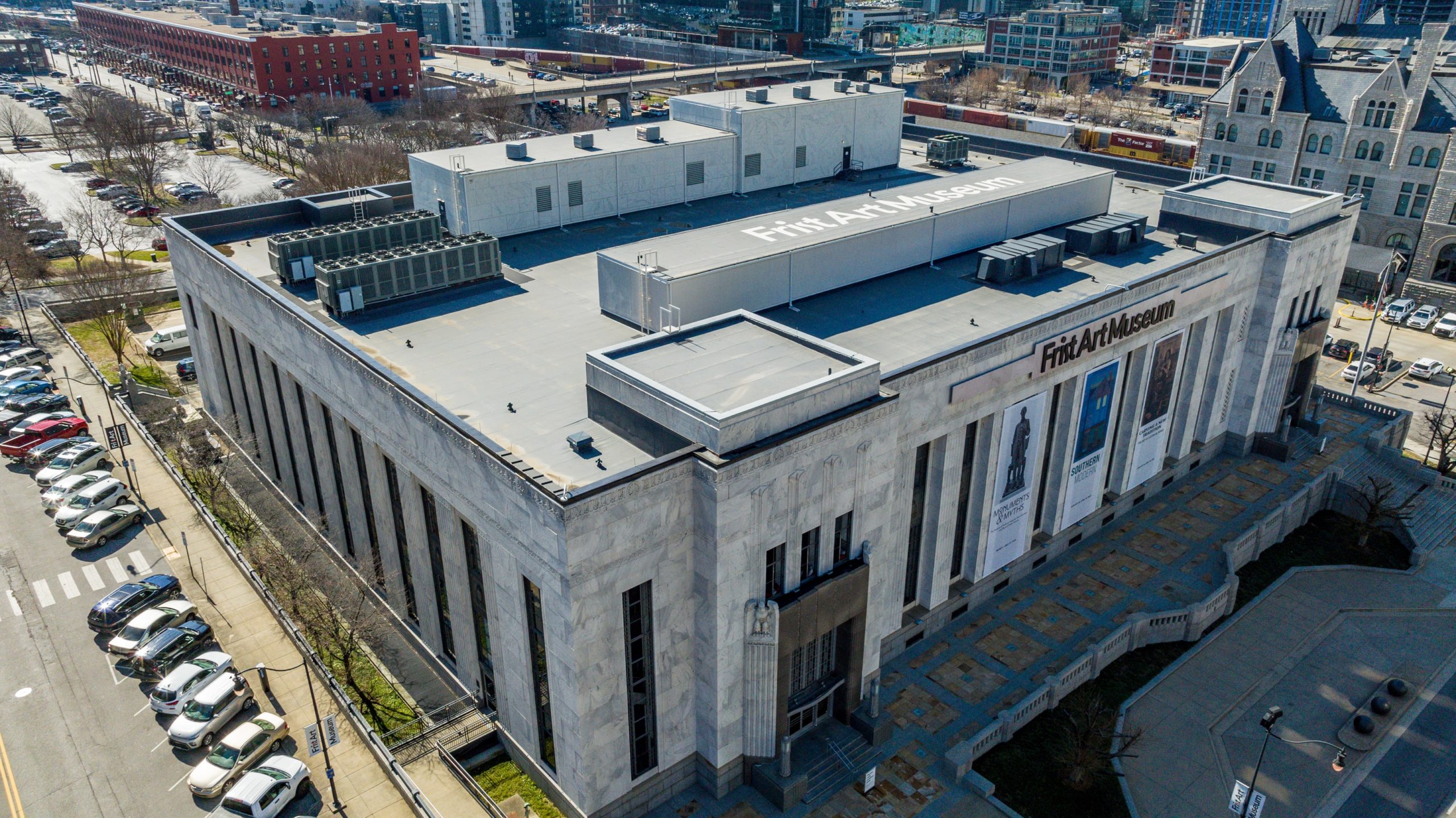Roof inspections are a critical aspect of property management, helping to identify potential issues before they become costly problems. In fact, according to the National Roofing Contractors Association (NRCA), regular inspections can extend a roof’s lifespan by up to 50% and significantly reduce repair costs.
However, not all roof inspections are created equal.
At Maxwell Roofing, our culture of collaboration and commitment to exceeding expectations has shaped our approach to roofing inspections. We have partnered with hundreds of businesses across Middle Tennessee and Northern Alabama, providing emergency inspections with our 24/7 response team, preventative maintenance inspections, and inspections for property sales or leasing evaluations.
In this blog, we’ll highlight some essential elements that property managers and building owners should expect when it comes to roofing inspections.
Roof Inspections 101: What Every Property Manager Needs
1. Support to Help You Prepare for the Inspection
Knowing how to prepare for a commercial roof inspection is just as important as the inspection itself. An experienced roofing contractor will guide you through everything you need to gather, including past maintenance records, warranty documents, and areas of concern reported by building occupants. Having this information ready ensures a more efficient and thorough inspection process.
2. Experienced Technicians with Multiple Perspectives
The quality of a roof inspection hinges on the expertise behind it. That’s why Maxwell Roofing sends a highly trained technician to every job, ensuring a thorough, accurate evaluation. Our team’s extensive experience, combined with a commitment to honesty and professionalism, means you can trust every detail of our report.
3. Inspection Beyond the Surface of Your Roof
A thorough roofing inspection doesn’t begin on the roof—it starts with a deep dive into records, warranties, and occupant reports. Once on-site, our technicians conduct a comprehensive evaluation that includes inspecting the roof’s interior, drainage systems, flashing, and any rooftop equipment that could impact the roof’s integrity. This holistic approach helps property managers make informed decisions about necessary repairs or maintenance.
4. Detailed Report with Actionable Insights
A quality inspection should provide more than a quick summary. At Maxwell Roofing, we deliver detailed reports outlining the roof’s condition, along with pictures and documentation of any areas of concern. Our reports include a full assessment of any necessary repairs, recommended maintenance strategies, and a long-term plan for extending the roof’s lifespan. This ensures property managers have the information they need to make proactive decisions.
Partner with Roofing Experts Who Care
If you’re looking for a trusted partner to conduct a thorough roofing inspection, Maxwell Roofing is here to help. Contact our team today or learn more about our MAXCare program, which is designed to provide comprehensive roofing support for commercial properties.

